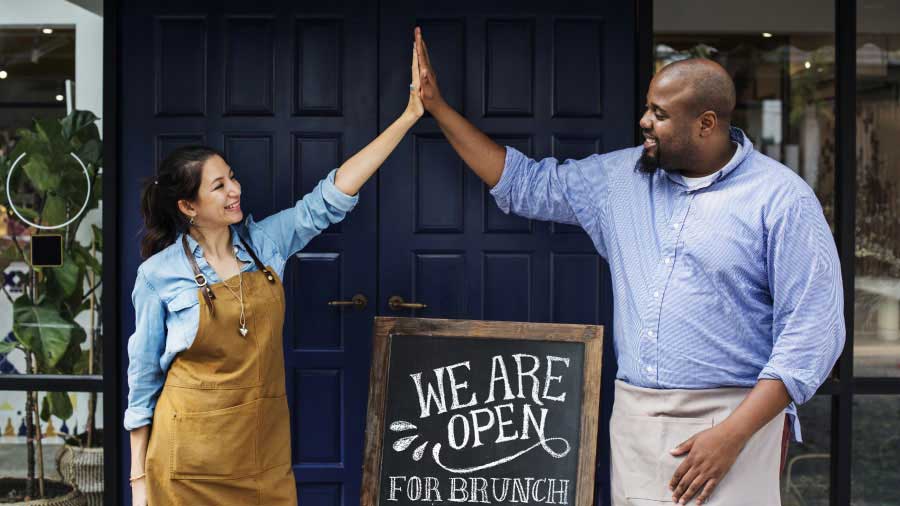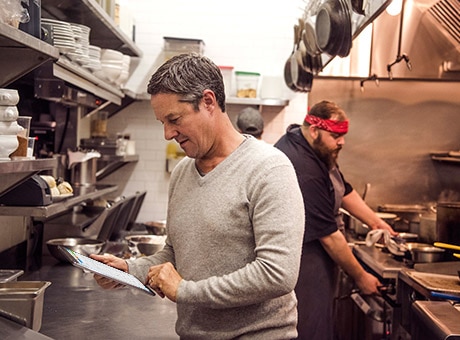What is Cost of Goods Sold in a Restaurant?
When considering the cost of goods sold (COGS) for restaurants, this figure essentially represents how much it costs the business to create its food dishes. COGS is intimately connected to a business’s revenue, inventory, and overall profit margins, making the cost of goods sold a must-know formula for all owners and managers.
The restaurant business COGS represents the overall cost of all ingredients and perishable inventory used to create menu items. Typically, a third of a restaurant’s gross revenue is used to cover these expenses. However, such figures will fluctuate from month to month and year to year, so it is vital to keep an eye on your restaurants COGS at any given time.
To calculate COGS, you need three pieces of information. The first is the beginning inventory, referring to your inventory’s total value at the end of the previous period. The second is the purchased inventory, meaning the total value of inventory purchases made for this specific period. And third, the ending inventory, which can be determined by calculating the total value of stock leftover from the same period. With these figures in mind, the cost of goods sold formula is as follows:
Beginning inventory of food and beverage + inventory purchases – ending inventory = COGS
By extension, you can break this formula down from goods sold to food or beverages sold to help you determine the restaurant’s total food costs and beverage costs for that period. Therefore, the cost of food sold formula and cost of beverages sold formula are as follows:
Beginning inventory of food + purchases – ending inventory of food = Cost of Food Sold
Or
Beginning inventory of beverages + purchases – ending inventory of beverages = Cost of Beverages Sold



